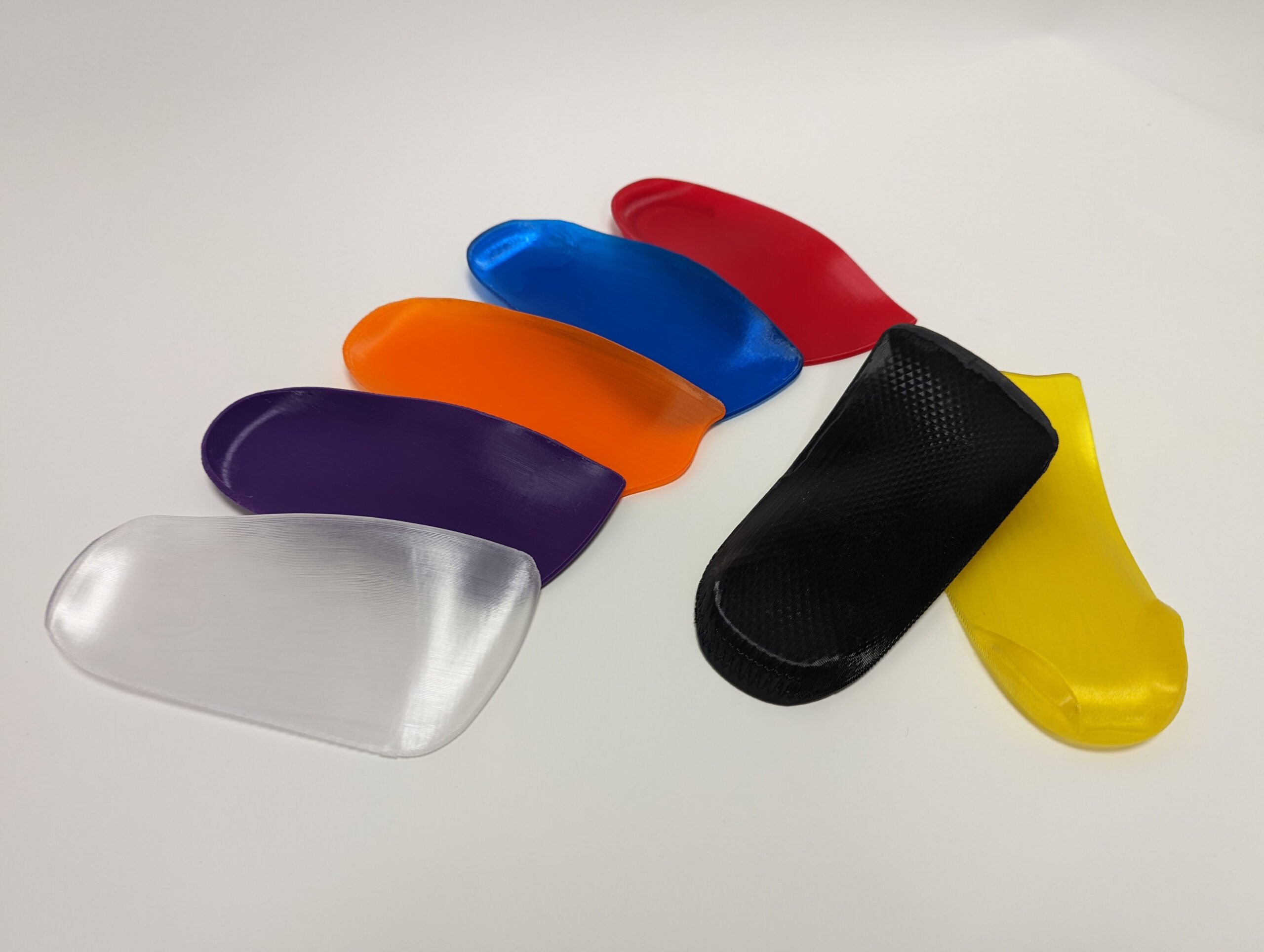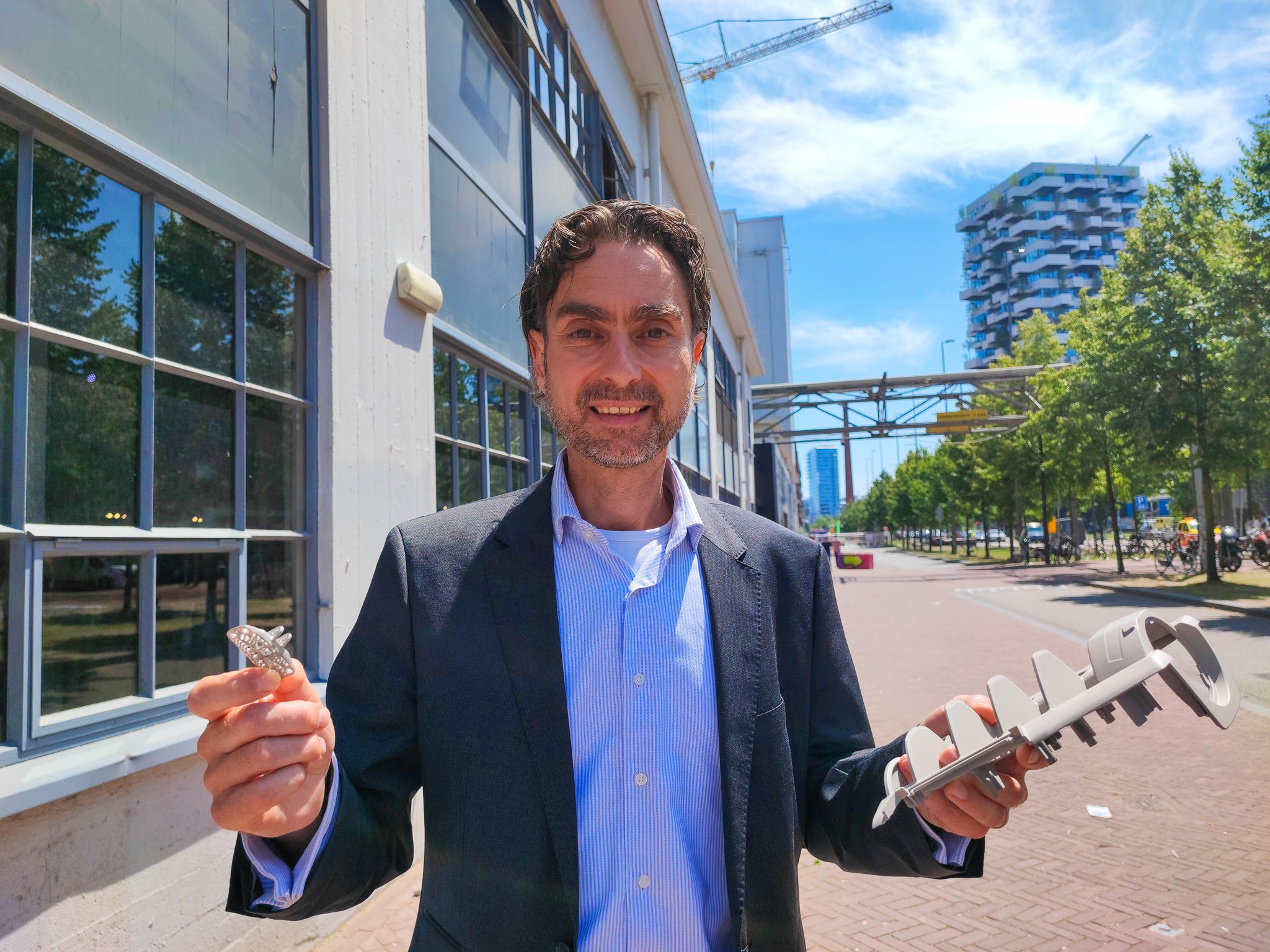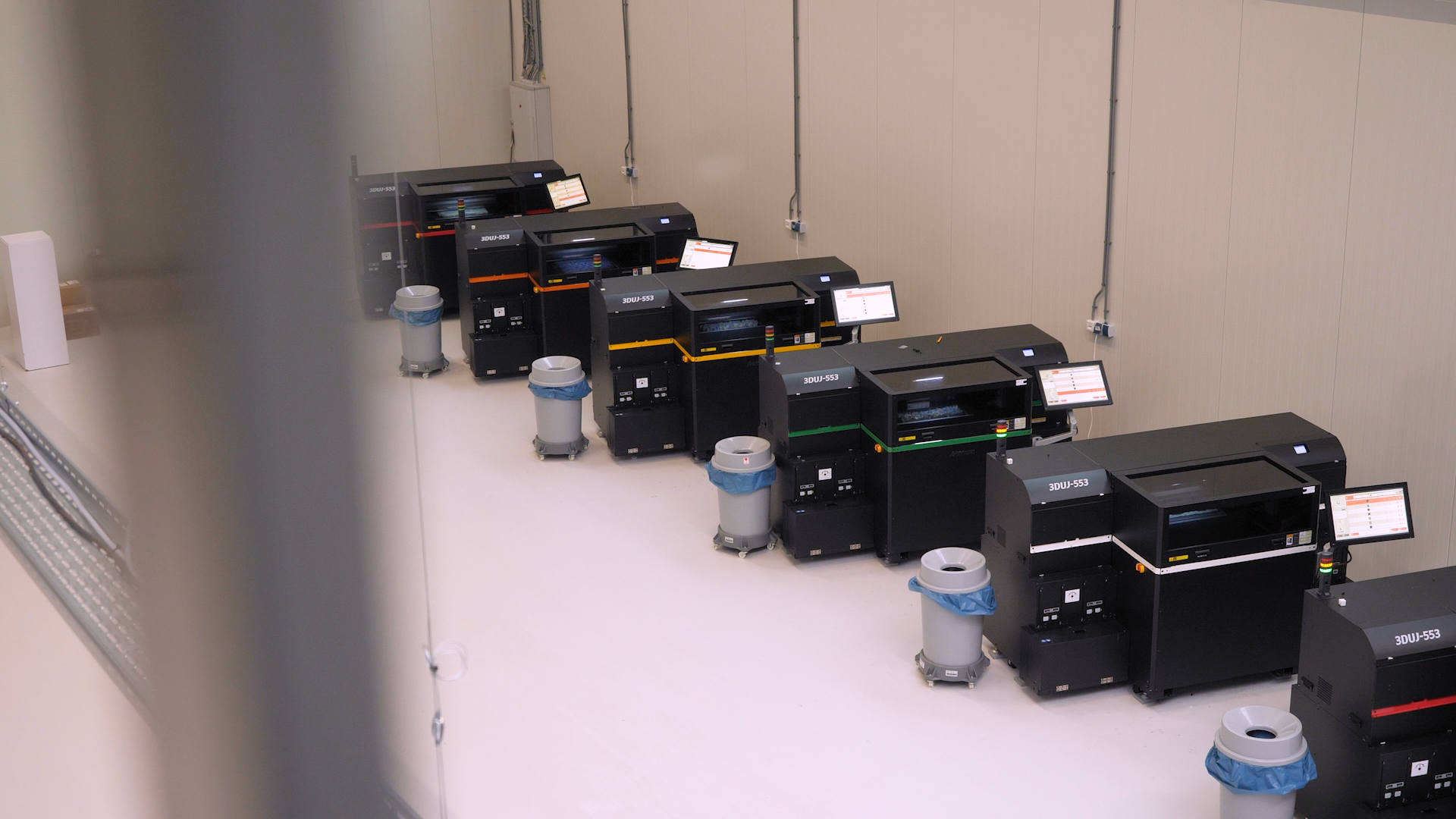
Just like artisans who work with wood or iron, orthopedists are also skilled craftspeople. They also share some of the tools with the master artists who sculpt stone and wood. However, the focus of their work has always been to help people restore functionality or correct bodily deformities. Technological advances can also make a significant difference in this sector. 3D printers are a valuable tool for accomplishing as much accuracy as possible.
Michelotti Orthopedic Solutions is taking this step. Founded in 1916 in Lucca, Italy by Ferruccio Michelotti, the shop started creating prosthetics for World War I veterans. 106 years later, it’s now up to the fifth generation of the family to keep the business going with more than 15 clinics in Italy. Innovation is the common thread here.
The Italian orthopedic company is using INDUSTRIO 3D printers to create orthopedic insoles. The Dutch additive manufacturing company – based in Brainport Eindhoven – has developed a concept of mini-factories for this purpose. In short, the goal is to create a platform that does everything. From the design to the final product, no more than one machine is involved, with a factory six meters long – where the largest printers are concerned.
Adapting this kind of technology for use on the human body is anything but easy. “Over the years, we have become familiar with several technologies that could be used for orthopedic purposes. However, most of them lacked the adaptability we needed. INDUSTRIO is providing us with a solution that enables a reliable, bespoke and high-grade solutions to be printed quickly,” explains Lorenzo Michelotti, orthopedist, and manager of the family’s business.

Lorenzo Michelotti
Manager of Michelotti Orthopedic Solutions
He has over 30 years of experience in the orthopedic sector.
Bridging the gap
The so-called CAD-CAM technology is the main digital approach being used today. Orthopedists first get the patients’ footprint in a digital form, then shape a block of material with a milling machine. Besides being old-fashioned, this technology doesn’t necessarily guarantee the best accuracy – pieces often need further refinement by hand with a file. What’s more, a lot of the material is wasted. As a result, the majority of orthopedists still prefer the manual way; CAD-CAM systems are not that user-friendly either. In fact, they end up making the devices by hand right from the start.


It is for these reasons that INDUSTRIO aims to bridge the gap between hand-made and digital. “There are many technologies that can be used to capture a footprint. Podiatrists, chiropodists and orthopedists see that their patient is not walking properly and get that data in a digital form. But they often wind up making insoles by hand,” explains Marco Cavallaro, co-founder and head of R&D at INDUSTRIO.
Advantages for patients
Thanks to INDUSTRIO’s technology, orthopedists are provided with a compact solution that gives them control over the process. In collaboration with DESIGNO, the company has developed a user-friendly piece of software that helps with the customization of prints. The entire process is done in a compact device in just a few minutes. The machine extrudes a thermoplastic material, using only the exact amount of fibre that is needed. The compactness of the printer is one of its greatest advantages. Those who are unable to invest in all the required equipment outsource the manufacture of these medical devices. This means that patients sometimes have to wait weeks before they can start using the products.
“The fact that it is fast, cheap, user-friendly and already available on the retail level is the greatest advantage for us,” Michelotti says. “The most important thing is that the product is reliable. Other 3D printing methods we tried in the past did not have such qualities when it came to the mechanical properties of the solutions printed that way. And it also not such a short production time.”

Technology means accuracy
Given the large amount of technology involved, starting with insoles was the most obvious choice for Michelotti Orthopedic Solutions. The bar for entering the market was lower, as patients are usually more familiar with digital applications in this sector. “Customers are happy with this approach because they understand that using technology means improved accuracy,” Michelotti emphasises.
3D-printed orthopaedic corsets
Insoles only represent the starting point for these kinds of processes. Both partners are already trying out the printers with other orthopaedic aids such as corsets or other types of body braces.
“The human body is sensitive, so for some applications it is difficult to replicate this kind of approach. However, in the case of corsets for scoliosis, we do see its potential. It would be advantageous for us both to be able to optimize production costs and incorporate new product features,” Michelotti underlines.

In addition to these, INDUSTRIO is tailoring its printers to other use cases in the MedTech sector, such as the dental sector. Besides medical applications, the Dutch company offers a wide range of solutions, and also print with powders and liquids.
“What we envision is using additive manufacturing to achieve a total manufacturing solution. We don’t want to be labeled as a printing company but as one that applies a lot of printing technologies to deliver effective production tools,” states Marc Evers, INDUSTRIO’s co-founder.
Willingness to innovate
Craftsmanship is still valuable in the orthopaedic sector. Some professionals are more reluctant to use smarter tools instead of files and rasps, but innovation can represent a growth opportunity as well as a necessity.
“Michelotti Orthopedic Solutions has always been keen to embrace innovation,” says Leonardo Di Sacco, Ortopedica Michelotti’s operational director for the digital transition. “Integrating innovation in companies is an opportunity for growth. By incorporating these kinds of technologies, the owner brings the company into the future. Combining innovation with the human body is a challenge that we take on every day.”

So, where this is concerned, more doctors and orthopedists are willing to discover and learn more and more about innovative procedures and applications that can make their lives easier. Michelotti: “Last week, I attended a MedTech meeting and I spoke about how to use technology in orthopaedics. Doctors tend to mostly perceive technology as a tool to help them rather than a burden. The willingness to harness innovation is there since they know it can make a difference.”
Choosing the right partners
While the two companies continue to look for ways to apply their solution to other use cases, INDUSTRIO remains focused on its industrial partners.
“The printer could have a very large impact in the orthopedic sector, but it may also be something that shoe retailers could use too – since the printer is not that bulky. Furthermore, we are trying to find a way to effectively print insoles using recycled plastic. That’s quite challenging because it’s key to still have a material that has high performance levels, ”Cavallaro states.

In INDUSTRIO’s view, in order to keep growing, it will be pivotal to keep establishing a solid network of In order to keep on growing, INDUSTRIO believes it is crucial to build up a solid network of partners. “We have an interesting Lego box, with different kinds of printing technologies as well as manufacturing knowledge. We’ve got it all but we know that the devil is in the detail,” Evers concludes.

